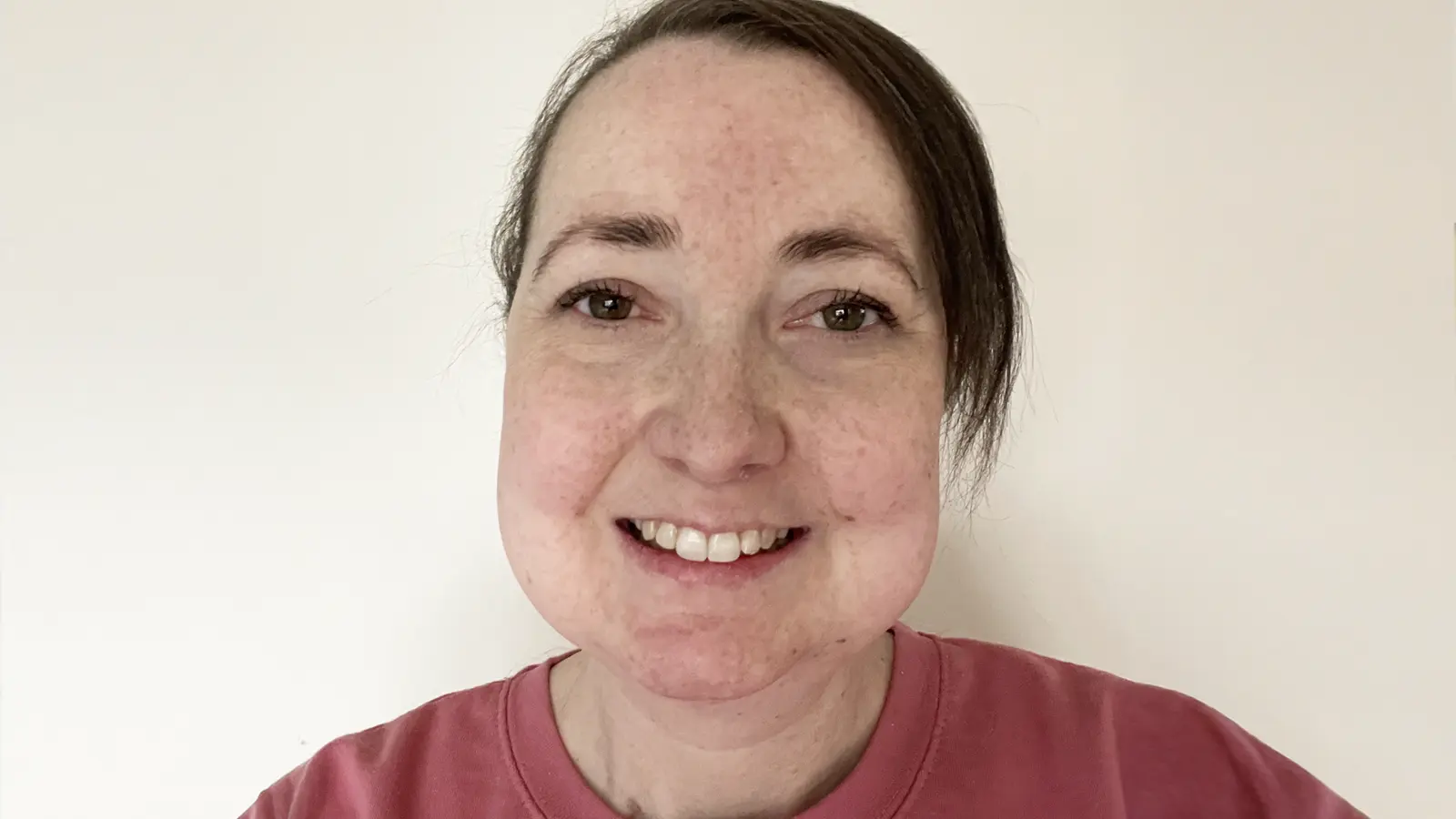
Joanne's story
My life was turned upside down in April 2022 when I was diagnosed with acute lymphoblastic leukemia (ALL).
The diagnosis came completely out of the blue. I was busy working full time as a secondary school science teacher and it was coming to the end of another busy term. The weekend before my diagnosis, I noticed some unusual red spots on my legs so I contacted my GP and thankfully they responded immediately. On Tuesday I had my appointment, a blood test on Wednesday, and on Friday I was told to go to A&E with a platelet level of 4. Sitting in a busy A&E, I received a phone call from a doctor at the hospital to say that I had leukemia and needed immediate transfusions and treatment. Within hours I found myself at the Christie Hospital facing a cancer diagnosis and a 5-week stay with no visitors for 2 weeks due to COVID restrictions. At that moment, my whole world fell apart.
As a busy mum to a 5-year-old daughter, I didn’t notice the symptom of fatigue – show me a parent and a teacher who isn’t exhausted! So, to find myself hearing a diagnosis of ALL and it being a very rare B-cell KMT2A type was difficult to comprehend. The consultant told me I would be starting chemotherapy immediately but that the prognosis for this type was poor and if I made it through chemotherapy then I would need a stem cell transplant. There was no time to harvest any eggs so I would definitely be infertile and they didn’t wait for results from a bone marrow biopsy, I had to start the chemotherapy that day. My first cycle of chemotherapy started which included spinal (intrathecal) chemotherapy. Unfortunately, due to one of the drugs, I developed a blood clot in my brain that needed treatment too. It felt like the odds were completely stacked against me, but I kept thinking to myself that I had a little girl who needed her mummy and I had to get through it. I didn’t want to know about percentages of survival because I was going to fight this with every fiber of my being.
At the end of a very rough 5 weeks where I had limited contact with my family, I was able to go home and finally give my daughter the cuddle that we both desperately needed. I returned to the hospital days later to start my second cycle as an outpatient at which point I discovered that miraculously I was measurable residual disease (MRD) negative. I was shocked and delighted at the news and it gave me the boost I needed to get through the next two cycles of chemotherapy.
In September 2022, I returned to the Christie Hospital as an inpatient to begin the conditioning treatment for my allogeneic stem cell transplant. After testing my brother and him only being a 25% match, I was over the moon to find that through the Anthony Nolan Trust, a 100% unknown donor match was found. After a week of intense chemotherapy and total body irradiation, I had my transplant at 6:30 PM one Thursday evening. The following 5 weeks were very difficult, I had never felt so poorly and needed total parenteral nutrition (TPN) as I could not eat or drink. However, despite my fears, I came through the other side and was discharged to continue recovery at home.
Four days after discharge, I noticed a rash forming on my skin and within hours my face had swollen. I was readmitted with fears that I had an allergic reaction to the new medication I was given. After seeing a number of consultants, it was determined that I had acute GvHD of the skin, but it was unlike anything that they had seen for years. I was treated with high-dose steroids alongside the immunosuppressants that I was already prescribed. They helped, my skin peeled and calmed down. Over the next few months, I developed GvHD of the eyes, liver, and upper gastrointestinal (GI) tract and was in and out of hospital as both an in and outpatient. It was suggested that I started extracorporeal photopheresis (ECP) treatment, which thankfully I was accepted onto, and I had this treatment every 2 weeks. Before starting, I was told that this would be a really time-consuming treatment with lots of appointments and sitting around but my experience of it was wonderful. It was pretty painless, the staff were lovely, there were plenty of refreshments and the sessions each took around an hour and a half, which meant I had time to read, chat, or just relax.
Unfortunately, I then developed oral and vulvovaginal GvHD, which was much harder to cope with. I lost a lot of weight due to not being able to eat properly. I also suffered from severe fatigue as I just wasn’t getting in the calories and so moving around was difficult. I was constantly uncomfortable and at times I really questioned what the point of being here was when it felt like I wasn’t living, just existing. This GvHD resulted in more high-dose steroids and a new medication that thankfully over time has massively improved things.
I remember having conversations with consultants and specialist nurses about GvHD and thinking how knowledgeable they were from having treated patients for a number of years. But I also remember feeling worried and lost because what I really needed was to speak with someone who was going through it too. Someone who was having the treatment and experiencing the difficulties like me. Luckily, I found that in a wonderful new friend that I made who was on a similar journey.
My GvHD is now classed as chronic and after a recent severe chest infection, the consultants are thinking that I now have GvHD of my lungs. I also experience regular flare-ups and still struggle with the impact it has on my daily life.
Even though my transplant was a success and I remain MRD negative with no signs of leukemia, the impact of my GvHD has meant that I have taken ill health retirement as I am no longer able to teach. As a family, we have had to adapt to this and have moved house, which along with financial benefits, has also improved my ability to access all areas of my home. I find going out can trigger my anxiety about catching infections, which can trigger GvHD flare-ups, and due to my fatigue and muscle atrophy, I often need to use a wheelchair.
I look in the mirror and sometimes find it difficult to recognize myself. I struggle to see the features that make me who I am… who I was. The high-dose steroids made my face swell and losing my hair through treatment and transplant changed those features that I identified as me. But as I look in the mirror now over 2 years post-transplant and almost 3 years since diagnosis, I am starting to see a new me. One that is stronger than I ever thought I was, much more resilient, and understands the power of having a fighting spirit. There are days when I miss my old life so much. I miss the freedom and independence that I took for granted. I miss being completely unaware of blood numbers and miss having less anxiety about my future. However, I keep thinking that despite everything that has been thrown at me, I am still here, I am still fighting and I will take that over the alternative.
The future for me now doesn’t involve planning and delivering lessons or marking. I’m focused on spending time with my family and friends and making memories. I also know how important it is to have the right support from those who have the experience, not just medical professionals. That’s why I want to stand up and be the person who can listen, understand, support, and advocate for those people who are diagnosed with ALL, have been through a stem cell transplant, and in particular, those who have GvHD.




